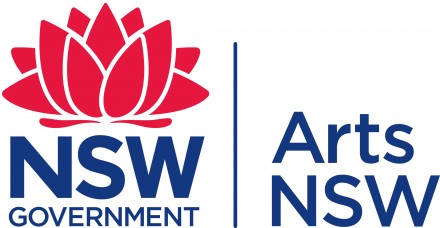MA: In an interview published by The Yale Review, Bhanu Kapil told Jonah Mixon-Webster, ‘I live in a mostly haunted body, issues of time disturb my senses and get performed through the language in my work. Sometimes, time is absent altogether or is confounded by reversals, other negated presences, stoppages, concatenated voices.’
Like the body, the book itself is a container for poetry, made from a tree that grew on Country, a record of imaginal and palpable moments. The book is a portal to another time-space, in which one thing dissolves, and another awakens. When I read the body country, I experience a dissolution of my own body. My spirit communes with the ink on the page, the ink of the black cockatoo you describe. Sometimes time dissolves entirely. I find myself falling into the silences and spaces between the lines to hold the images you write. What is your relationship to time and space in the body of a poem?
SA: It’s so special to hear you say that about the poems, Manisha! Maybe you experience something similar to this when you write, because Naag Mountain, to me, had a similar elastic view of time and space, but I think that poems arrive with their own sort of ‘code,’ or maybe ‘rules’ of time and space. I think they are hard to pin down or articulate, but I have this sense that most poets would understand poem logic can be a warped form of reality that stands outside of time as we know it on a day-to-day basis. I love that Bhanu Kapil quote – it definitely resonates for me and the body country. Lately, I’ve been thinking of how poems enable us to use language as a sculptural form, and I feel like we craft an elasticity of those other conventions of reality, bringing the reader into a portal of sorts using language.
MA: I love this notion of time and reality being ‘elastic’ in poetry. We certainly need this wavy, slippery conception of time to allow for intimacy and movement between realities. Such elasticity and intimacy I’ve found in ‘chorus,’ the segment which features eight poems that bear the titles of animals in Wergaia language and are mirrored in italics in English translation. The poems in this suite are musical and fresh, infused with wild, delicate imagery, and memory. Of this suite, there is a poem that will stay with me for the rest of my life, ‘mindjun.’ I recall this poem when I am walking in the bush, looking for fruit at the market or gazing out my window. It colours these experiences of the everyday. How did you go about composing the poems in ‘chorus’?
SA: This was a suite of poems I composed in 2020 for The Suburban Review’s ‘Regional’ issue. I was in lockdown on the farm where I grew up and where my mum lives, right in the south-west Grampians, going for many walks up the dirt road to the mountain, through the paddocks, thinking about my childhood, listening to the birds, and seeing poems everywhere.
I think the meditative aspects of ‘chorus’ come from that process of walking and deep listening. Our farm is a really beautiful place, and it’s so easy to drop into that meditative space when you’re there but add to that the lockdown mentality. Because the entire world was quiet, what I saw echoed louder and connections formed in front of me. In those months, I had a heightened sensitivity. But to be clear I did not always have this creative flow during lockdowns!
Additionally, I’d been wanting to use Wergaia language in some way and with all the bird sounds, things just started to coalesce. The memory aspect is really profound too: because I have so many lovely childhood memories at the farm, I wanted to collect some of them as a tribute to my family. Particularly my older sibling, who was my partner in crime for many antics when we were little and for whom this place is like a connective thread to our dad who died in a farming accident. I suppose without giving too much more away, ‘mindjun’ is this imagining of a guardian figure. Perhaps it’s the place, the mountain, or the kangaroo itself.









